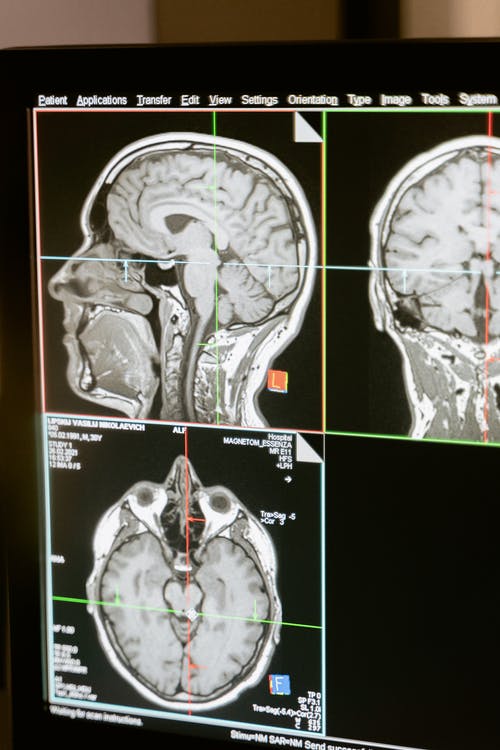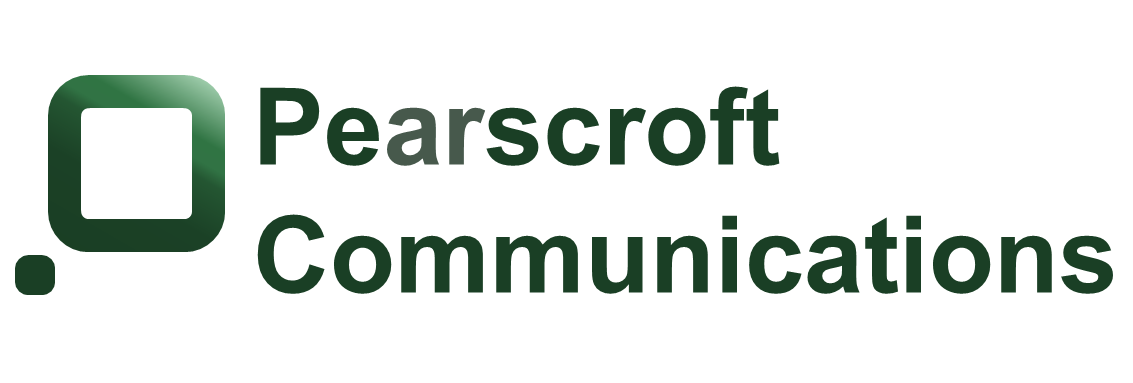
Pearscroft Communications

At Pearscroft Communications, we believe the key to effective corporate communication lies in crafting the right message and getting it in front of key decision makers. Whether you need to communicate with the media, your customers, or internal stakeholders, we can help you craft the right message and deliver it in the most effective way possible.

Penned by Christopher Zahn for Pearscroft Communications
Christopher Zahn
Managing Director
christopher@pearscroftcommunications
Despite recent surges in adoption, artificial intelligence (AI) is still in its infancy and its impact on corporations is still being discovered. In the PR world, practitioners are still grappling with the effects of AI and understanding how it will reshape the sector is still being explored. What we do know is that its application can help streamline different functions across the PR space.
At its core, AI can be used to perform simple activities such as audience research, media trend monitoring and content creation but the more complex use cases are yet to be seen. Let’s explore the role AI can play in the PR industry as it stands today.
Why PR Agencies are Increasingly Embracing AI
As consultants, the biggest draw from an agency’s perspective is the efficiency that can be derived from AI. The ability to automate repetitive and potentially mundane tasks is very appealing. Things like compiling media lists, scheduling emails and social media posts and even aiding in the composition of long for content can help free up time to focus on more value added tasks like strategic and creative work.
Beyond these time saving capabilities, the emergence of AI’s ability to perform other tasks is having a significant impact on the wider industry. Consider these functionalities:
Real-Time Media Monitoring: Any brand or individual with a public profile almost certainly has a Google Alerts installed to track media mentions and from a PR’s perspective, daily media monitoring and analysis is something we all do. However, AI allows us to go a step further. The technology is now able to automate the tracking of industry wide trends, allowing businesses to respond quickly and in real time to emerging trends or a potential crisis.
More Intelligent Audience Targeting: AI can identify patterns in audience behavior, interests, and language so that PR practitioners can tweak corporate messaging to better target and engage with a particular niche, beyond what would otherwise be possible with simple segmentation.
Content Generation: Although not at the level of a human copywriter, AI powered tools are able to help in structuring things like social media posts, press releases and longer form content pieces. This doesn’t replace human tonality and creativity but it does take you some of the way so you get a head start.
Sentiment Analysis: Something usually the responsibility of a junior consultant, understanding the undertone of a media hit is hugely important to understand how your brand is being received externally. With AI now able to analyse sentiment, this goes a long way in freeing up time so consultants can focus on tweaking messaging for more positive engagement across various platforms.
Chatbots and Customer Engagement: Traditionally, Chatbots have been an excellent way of processing vast numbers of inbound customer enquiries. With more sophisticated Chatbots now emerging, the ability to maintain a consistent tone of voice when dealing with both customers and media, Chatbots allow for consistency in messaging.
The Importance of the Human Touch
Despite the extraordinary advancements of automation and its benefits, it’s still critical for a human to review everything performed by AI. Additionally, it’s important to be cautious when feeding the AI sensitive data and information. There have been several high profile cases of sharing confidential information that have backfired. It’s important to understand how the AI platform you’re using stores and processes data before feeding it anything proprietary.
At an absolutely basic level, AI simply doesn’t have the human touch when writing content. In some cases, it’s painfully evident when a byline, an email or a social media post has been generated by AI and not reviewed by a human. It lacks authenticity and has the potential to disengage the end user. AI can get you some of the way there, but it should never be wholly relied upon.
AI Is a Tool—Not a Human Replacement
AI will not replace PR practitioners, but it will change how we work. The key is to use AI to enhance strategic communications and not just outsource human judgment. With considered integration, AI can help PR teams become faster, sharper, and more impactful than ever before.
